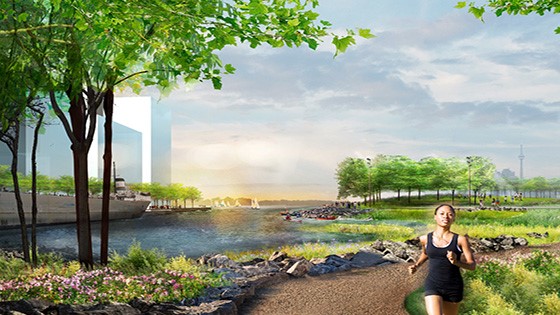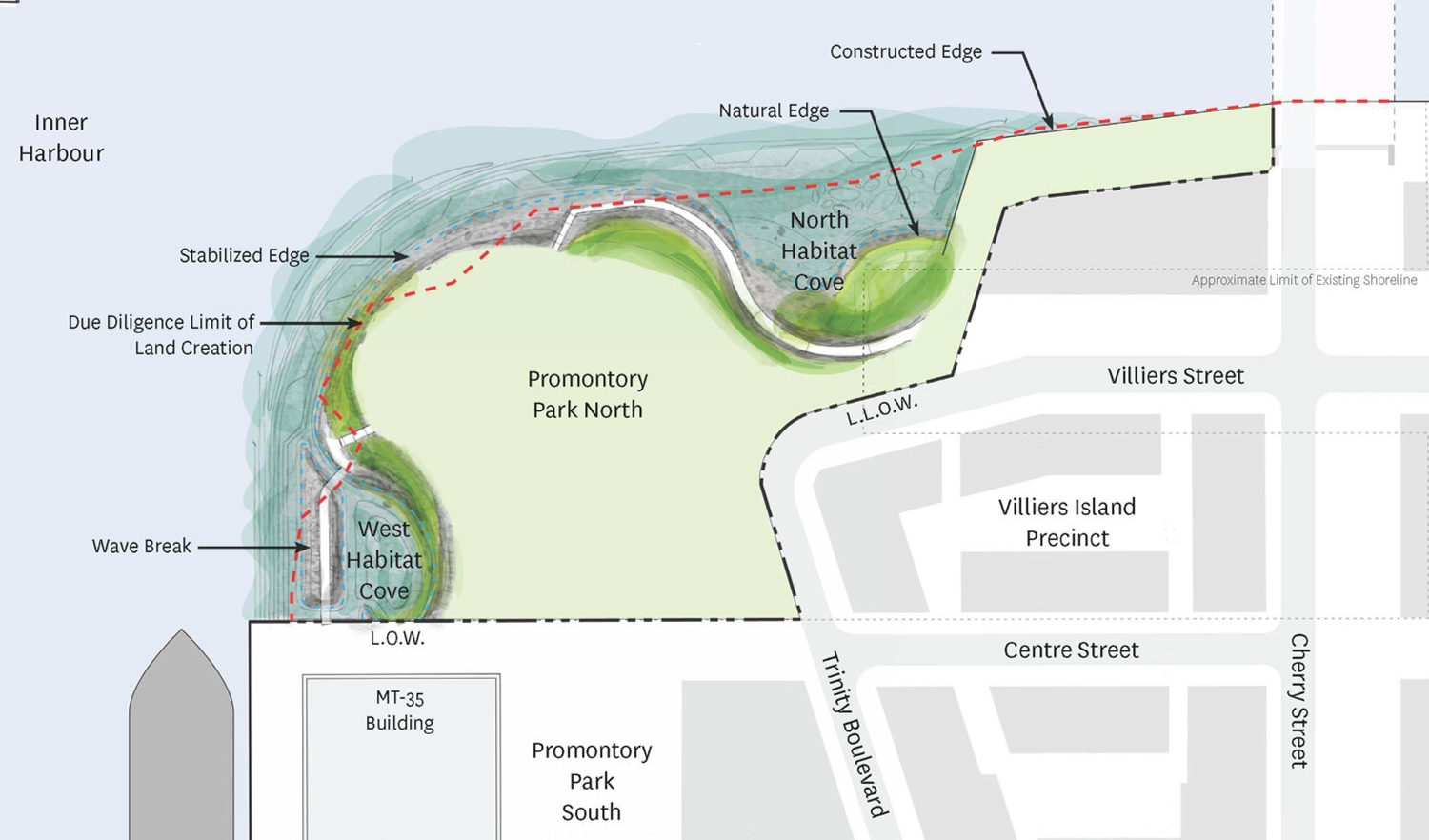
No matter where you live, a low-rise home on a quiet suburban street or in the heart of downtown in a 40-storey tower, it’s always important to be respectful of your neighbours. With that in mind, we want to share a list of a few things you should never do when you live in a condo.
If you already live in a condo, you probably know someone in your building that does at least one or all of the faux pas on this list. If you do any of them, stop it. If you plan on moving into a condo for the first time, keep these things in mind so you can live in peace among your neighbours.
1) NEVER flick cigarettes off your balcony
It’s annoying enough to see people flicking cigarette butts on the street, don’t do it off your balcony or out a window. If you must smoke, use an ashtray and either bring the ashtray inside or cover it so the wind doesn’t blows the ashes and butts off your balcony. Throwing cigarettes on the ground or on someone else’s property is littering and it can also be dangerous. Cigarettes that are still burning can melt plastic or start fires.
2) NEVER leave bags in the garbage chute room
In most condos, each floor has a small room where you access the garbage chute. New condos have a sorter so you can dump compost, garbage, and recyclables. Occasionally, the chute will be out of service, and what a lot of people do is just leave the stinky garbage in the room and walk away like it’s not their issue anymore. If the chute is not operational, just take your garbage back to your unit and drop it off later! If everyone’s garbage piles up, it gets disgusting.
3) NEVER be too loud after 11 pm

Most condos have their own set of rules, but generally, any noise after 11 pm is unacceptable. It’s the same as on low-rise residential streets. In most new condos, the soundproofing is excellent, but people have the ability to get pretty loud, whether they’re blasting music or hosting a party with a lot of people.
4) NEVER store possessions in the hall or in your parking space
There are a few reasons you should never store your possessions in common areas; your clutter doesn’t look good in any setting, things could get stolen or damaged, and it could be a safety hazard. Generally, your stuff shouldn’t affect other people’s daily lives.
5) NEVER open the door for strangers
You may feel rude doing this, but letting people into the building that you don’t know or haven’t seen before can also be a safety issue. Condos are private residences, so if the person entering doesn’t live there and isn’t visiting someone, what are they doing? If the condo has a concierge, then this is their responsibility. If not, you should politely ask visitors to buzz in, and if they are in fact visiting someone, then that resident will let them into the building.
6) NEVER takeover an elevator
Some condos only have two or three elevators. If you take one to move a series of items in or out of your unit, then that throws off all the other elevators. You should always reserve the service elevator if you know you’re going to need it. Don’t inconvenience your neighbours with your selfishness!
Overall, you should just be respectful when you live in a condo or anywhere else for that matter. If anything you’re going to do affects someone else negatively, then just don’t do it. Be cool, and live in harmony with your fellow condo dwellers!








 Maziar Moini, Broker of Record - Home Leader Realty Inc.
300 Richmond St. W., #300, Toronto, ON M5V-1X2
Maziar Moini, Broker of Record - Home Leader Realty Inc.
300 Richmond St. W., #300, Toronto, ON M5V-1X2

